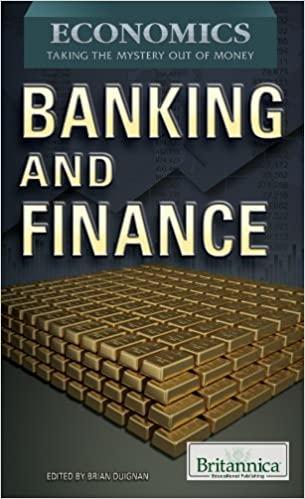Answer the following question using excel and showing the cell formulas embedded in each cell in the template



\begin{tabular}{|c|c|c|} \hline & \multicolumn{2}{|l|}{ December 31, 2014} \\ \hline Liabilities and Owners' Capital & Balance Sheet (Book Values) & Invested Capitai (Market Values) \\ \hline Current liabilities & & 14 \\ \hline Accounts payable & $17,550,000 & \\ \hline Notes payable & 20,000,000 & 20,000,000 \\ \hline Other current liabilities & 22.266 .000 & \\ \hline Total current liabilitios & $59,816,000 & 520,000,000 \\ \hline Long-term debt ( 7.5% interest paid semiannually, due in 2020) & $650,000,000 & \$ 624,385,826 \\ \hline Total liabdities & S 709,816.000 & \$ 644,385,826 \\ \hline \multicolumn{3}{|l|}{ Owners' capital: } \\ \hline Common stock (\$1 par value per share) & \$ 20,000,000 & \\ \hline Paid-in-capital & 200,025,000 & \\ \hline \end{tabular} 4-12 Three-Step Process for Estimating a Firm's WACC Harriston Electronics builds circuit boards for a variety of applications in industrial equipment. The firm was founded in 1986 by two electrical engineers who left their jobs with General Electric (GE) Corporation. Harriston Electronics' balance sheet for year-end 2014 describes a firm with $1,184,841,000 in assets (book values) and invested capital of approximately $2.2 billion (based on markot values): Harriston's CFO, Margaret L. Hines, is concerned that its new investments be required to meet an appropriate cost of capital hurdle before capital is committed. Consequently, she initiated a cost of capital study by one of her senior financial anatysts, Jack Frist. Shortly after receiving the assignment, Frist called the firm's investment banker to get input on current capital costs. Frist learned that, although the firm's current debt capital required a 7.5% coupon rate of intereat (with annual interest payments and no principal repayments until 2020), the current yieid to maturity on similar debt had risen to 8.5% so that the current market value of the firm's outstanding bonds had fallen to $624,385,826. Because the firm's short-term notes were issued within the last thirty days, the 9% contract rate on the notes was the same as the current cost of credit for such notes. a. What are Harriston's total invested copital and capital structure weights for debt and equity? (Hint: The firm has some short-term debt [notes payable] that, like long-term debt, is also interest-bearing debt.) b. Assuming a long-term US Treasury bond yield of 5.42% and an estimated market risk premium of 5%, what is Harriston's cost of equity based on CAPM if the firm's levered equity beta is 1.2 ? c. What is your estimate of Harriston's WACC? The firm's tax rate is 35%









